Building internal systems v providing services
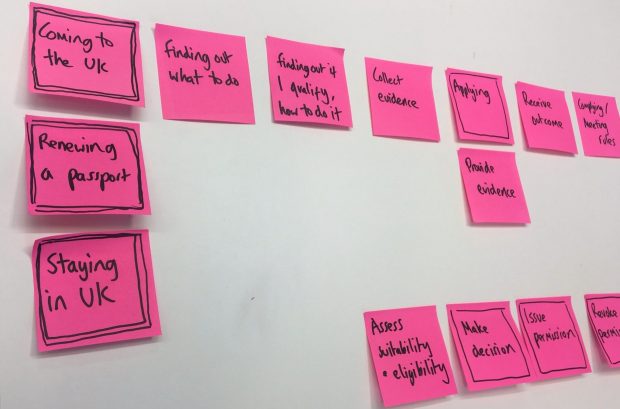
As we go about redesigning public services to be clearer, simpler and faster, we sometimes hear things like, ‘civil servants are users too.’ And of course they are.

As we go about redesigning public services to be clearer, simpler and faster, we sometimes hear things like, ‘civil servants are users too.’ And of course they are.
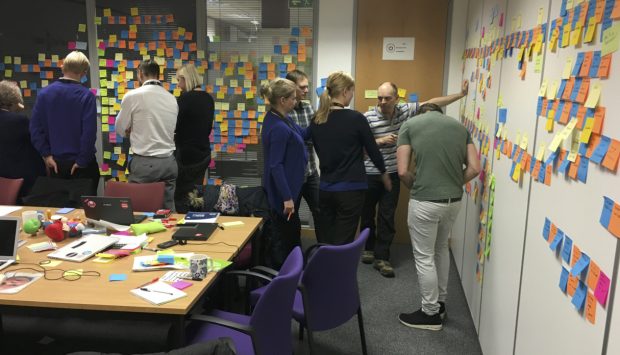
...our ideas work. However, I have a theory that there is a hidden benefit of this approach that I don’t often hear people talk about: user centred design makes the...
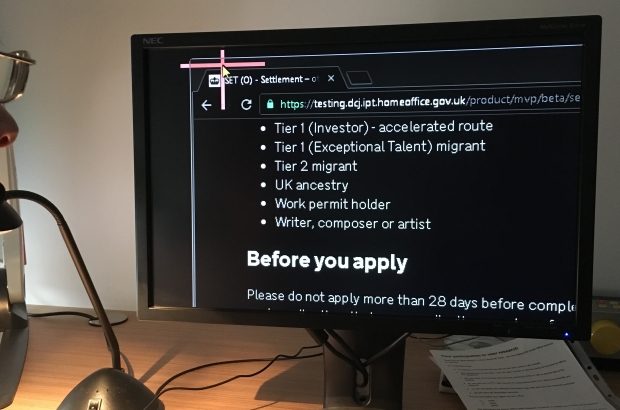
...the content, design and code of the forms to address the issues John encountered. By making the service more accessible for John, we’ll make it easier for everyone to use....
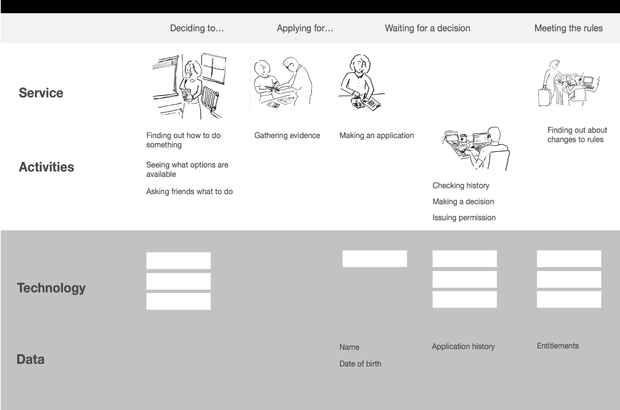
...to understand services and create a list of terms (our taxonomy) so we can communicate more simply and clearly across the Home Office. Some of the terms we all use,...
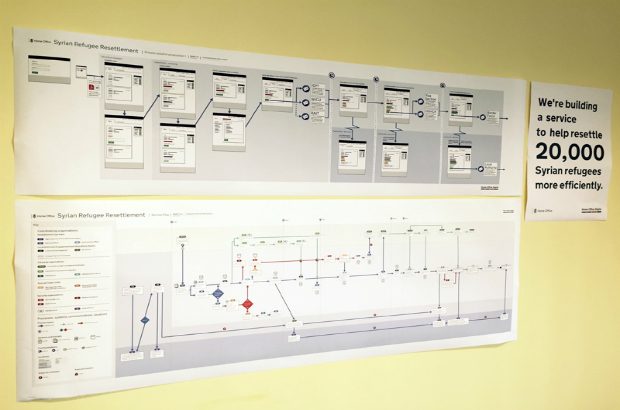
...lots of scribbling, crossing out and sticky-tape. The aim is to end up with a high-fidelity digital process map that can be printed at high resolution and digitally shared. The...
...how they can be grouped together. Record time against tasks You need to break tasks down into columns so that you have plenty of space for multiple processes. Excel works...
...‘redesigning all the websites and letters, talking to everyone involved, reviewing casework processes, system maintenance and code, while understanding the wider context of someone’s real user journey – everything that...
...make matches to accommodation offers and to services in Local Authorities. We reused code from another service, which gave us a head-start. We built the service in an agile way,...
...now that vision is suddenly out of date, so someone sets out a new vision. And so the cycle continues. This thinking reveals the belief that there can be a...
...all learning and trying new things. How do we share those learnings so that we make better decisions in the future? Here are some things we’re doing to better collaborate...
Recent Comments